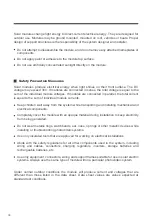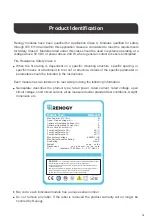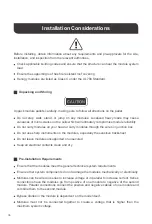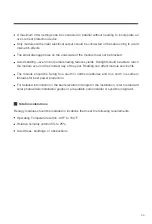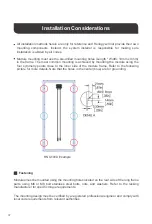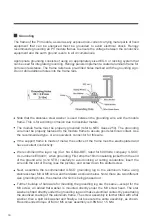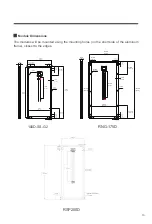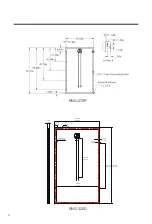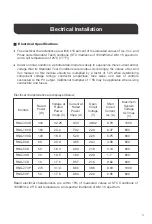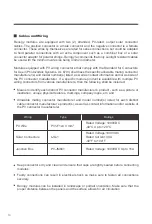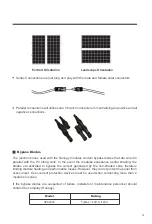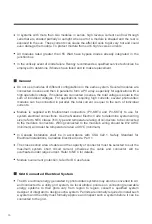
17
If the measured voltage is only half of the rated, this indicates a defective bypass diode.
Refer to ‘Testing and replacing bypass diodes’.
In the case of not very low irradiance, if the voltage across the terminals differs from the
rated value by more than 5 percent, this indicates a bad electrical connection.
Clean the glass surface of the module as necessary. Always use water and a soft sponge
or cloth for cleaning. A mild, non-abrasive cleaning agent can be used to remove stubborn
dirt.
Check the electrical and mechanical connections every six months to verify that they are
clean, secure and undamaged.
If any problem arises, have them investigated by a competent specialist. Observe the
maintenance instructions for all components used in the system, such as support frames,
charging regulators, inverters, batteries, etc.
Maintenance
Renogy recommends the following maintenance in order to ensure optimum performance of
the module:
Place the module face down on a soft, flat surface Insert a 3mm flat screwdriver into the slot
on the junction box cover. (The cover has a sign of screwdriver). Gently pull up the four
slots until the cover has been opened.
Note the orientations of the polarity markings on the diodes.
Insert the 3mm flat screwdriver into a hole alongside the diode and near one mounting hole
of the diode, pry the screwdriver in the opposite direction of diode and gently pull the diode
up until the lead comes free. Do the same in the other mounting hole of the diode, and
repeat until the diode is free.
Check the resistance of the diodes by using the digital multimeter’s ohms scale. Resistance
should be low in one direction, then when leads are reversed on the diode’s terminals the
resistance should be high, as illustrated in the two pictures below. If a diode has a low
resistance in both directions, it is probably shorted. If it has high resistance in both
directions it is probably open. In either case it should be replaced.
Replacing Bypass Diodes
Removing the bypass diodes should be done only by a competent PV technician and after the
module has been disconnected from the system.

